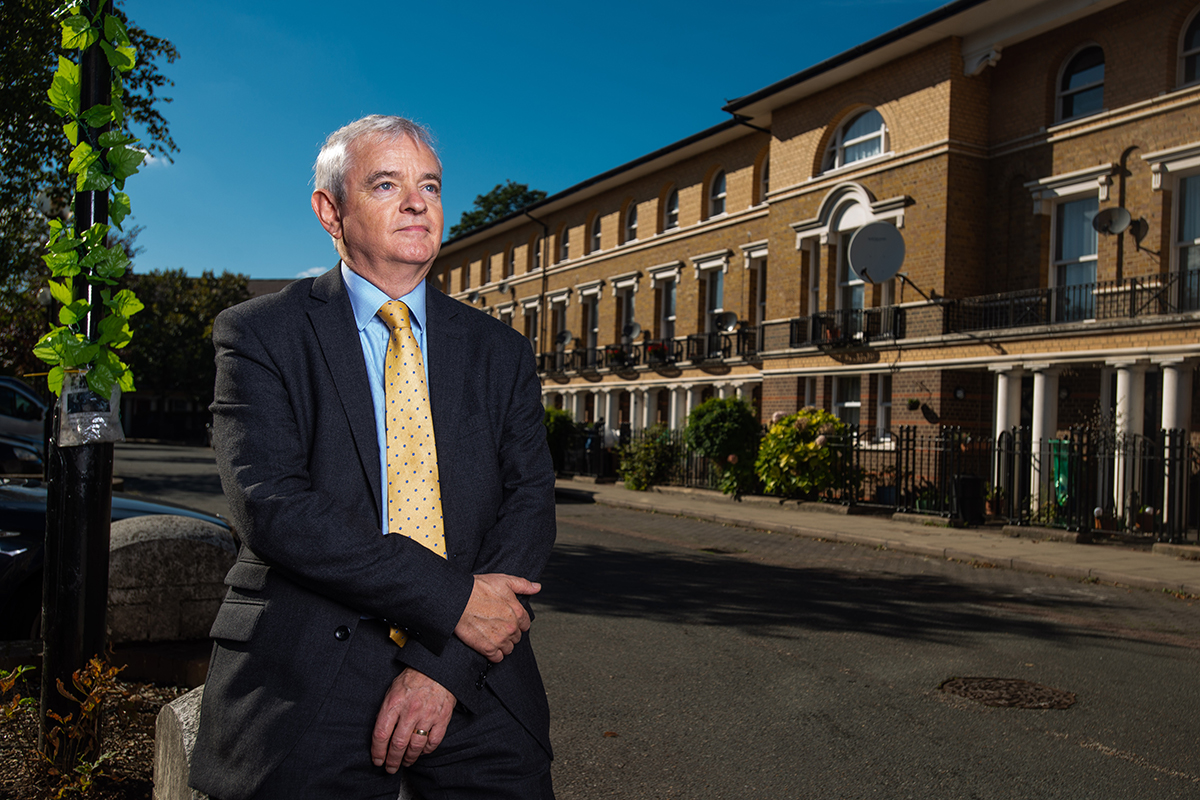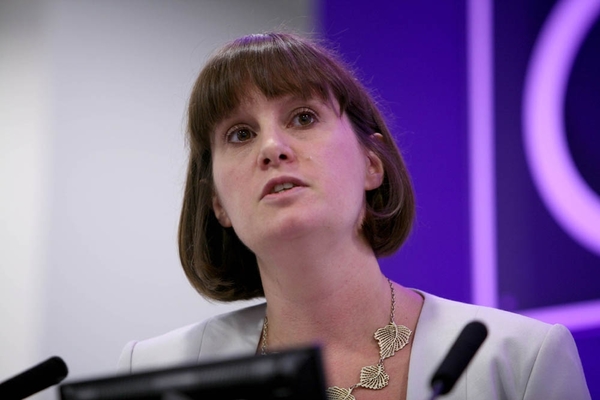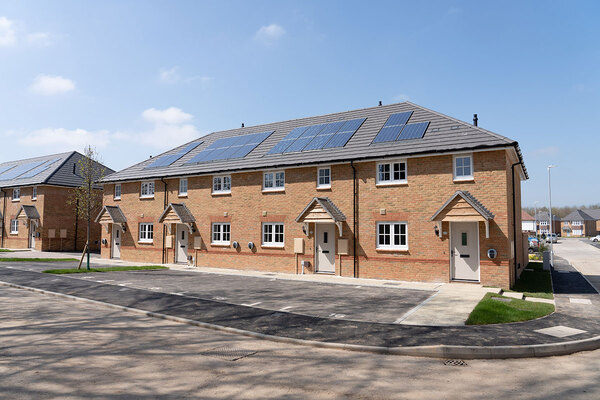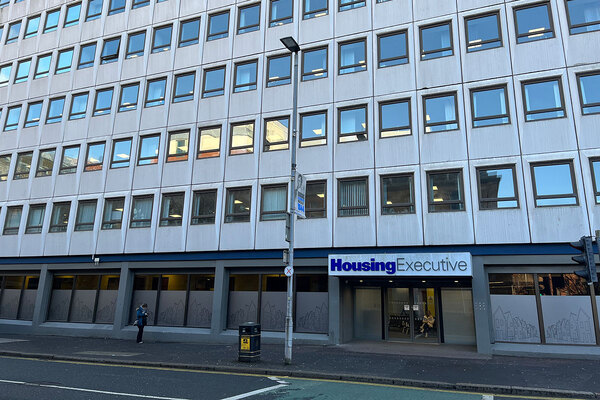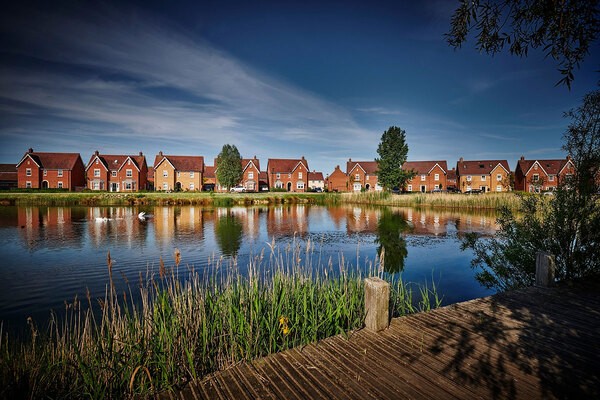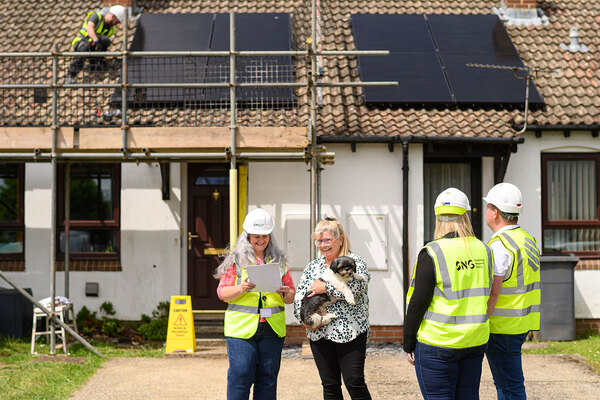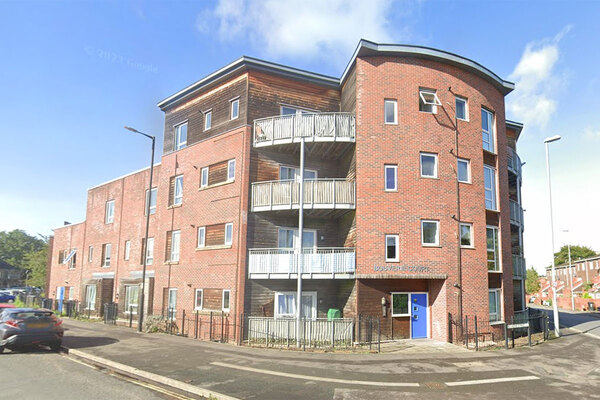You are viewing 1 of your 1 free articles

David has been Chief Executive of the National Housing Federation, Scottish Federation of Housing Associations and of Newlon Housing T...more
Reflecting on the past 13 years – and the next 30
As he retires, David Orr reflects on his time at the helm of the National Housing Federation
I have had the privilege of being chief executive of the National Housing Federation for just over 13 years.
Now, as my tenure comes to a close, it feels appropriate to thank Inside Housing – and you, the readers – for the chance to give my take through my IH50 column.
For this, my last column, I’ve been thinking a lot about my years at the federation: where we were as a sector when I took over, and how far have things come since then.
I’ve also been thinking about what we have ahead of us. What shape is the sector in, as I come to the end of my tenure? What does the Social Housing Green Paper – a positive document, but not without challenges – mean for housing associations and councils? How can we shape the coming decades?
“Even in the midst of the financial crash, which came just a few years later, housing associations proved their worth.”
Let’s not forget that, 13 years ago, the world was a very different place. Tony Blair still had almost two years ahead of him in Number 10, and his government had agreed to invest £8.4bn to help housing associations build 155,000 new affordable homes.
Housing was a serious political priority. The minister responsible attended cabinet (and stayed in post for more than a few months at a time) and a tranche of new housing agencies were starting to hit their stride.
Even in the midst of the financial crash, which came just a few years later, housing associations proved their worth. The sector showed that investing in housing during a downturn makes good economic sense.
Then came the 2010 general election and, soon after, a Spending Review which cut the amount of public money for housing by two-thirds – but still wanted the same number of new homes to be built.
The housing benefit bill rose to pick up the slack. Government investment stopped in its tracks. For the first time since the 1920s, there was no peacetime funding for new social housing.
At the same time, the narrative about the people who live in social housing changed. Welfare reforms (in reality, cuts) were justified by descriptions of ordinary tenants as scroungers who would not benefit from continued support.
That is not to downplay the seriousness of the economic situation at the time.
“The narrative about the people who live in social housing changed.”
There was no doubt that changes had to be made. Nevertheless, the complete refusal (then and now) to allow new borrowing at historically low rates to invest in building new homes was a particularly disappointing decision.
It seems that things only worsened in 2015, with a new level of hostility in the government’s general election manifesto, exemplified by plans to mandate the extension of Right to Buy to housing associations.
It was tempting to cry foul and go into battle with ministers. But instead, we realised that change would come from building a new relationship, not poisoning the well.
Our argument did fall on receptive ears – particularly after the vote to leave the EU and the political shake-up it brought.
A new prime minister brought new priorities. The political narrative began to change, and the language shifted from ‘scroungers’ to ‘burning injustices’. A white paper promised reform.
And, soon after, the tragedy at Grenfell Tower brought home the need for that reform.Much has been written already about the fire at Grenfell Tower, and this is not the place for a lengthy review. It is, though, important to state just how profound an impact it has had on the organisations charged with providing safe and secure homes. The idea that a resident might die because of something an organisation has done or failed to do is a nightmare. This was beyond our worst imagining.
“It’s easy to overlook the fact that the green paper strikes a remarkably positive tone about social housing.”
It was also a moment of shock and reconsideration for the whole nation and for our politicians. At last, it demanded that we re-evaluate the experience of living in social housing and the wider contribution that social housing makes.
Whatever the future looks like for the sector, it will be shaped – at least in the short term – by that re-evaluation, epitomised by the government’s Social Housing Green Paper.
It’s easy to overlook the fact that the green paper strikes a remarkably positive tone about social housing. Indeed, it’s one of the most positive documents we have seen from ministers in recent years. Housing associations, rightly, are at the centre of the solutions it poses. It does identify challenges, and is right to do so, but many of these focus on things to which we remain committed: transparency, accountability and empowerment.
We know that, in some cases, change is needed, and we are determined to lead that change. Through our ‘Offer for Tenants’ work we have been leading a national conversation with our members and tenant organisations to understand where and how we can do better. Our aim is to ensure that housing associations are among the most trusted, accountable and responsive organisations in the country.
“Our aim is to ensure that housing associations are among the most trusted, accountable and responsive organisations in the country.”
There is, however, so much more that the green paper could do to positively shape the future for social housing and for tenants. It does not do enough to tackle the stigma that blights so many residents’ experience of living in social housing. It does not do enough to recognise the impact of welfare reform. And it does not do enough to map out how we will build more social housing, more needed now than ever.
Last week, we opened the doors on our first National Housing Summit. Timely as ever, it centred around the fact that we live in an unpredictable world, but we are uniquely placed to innovate and create our own future.
It truly feels that we are at a rare moment of potential. Housing associations have a huge amount of independent capacity and vision, and we must use that to shape the world over the coming years.
The central relationship between a landlord and every one of their tenants must be at the heart of this.
We have an ambition to deliver new homes, to empower our residents and to tackle the housing crisis.
Now is our chance to make that ambition a reality.
David Orr, outgoing chief executive, National Housing Federation

